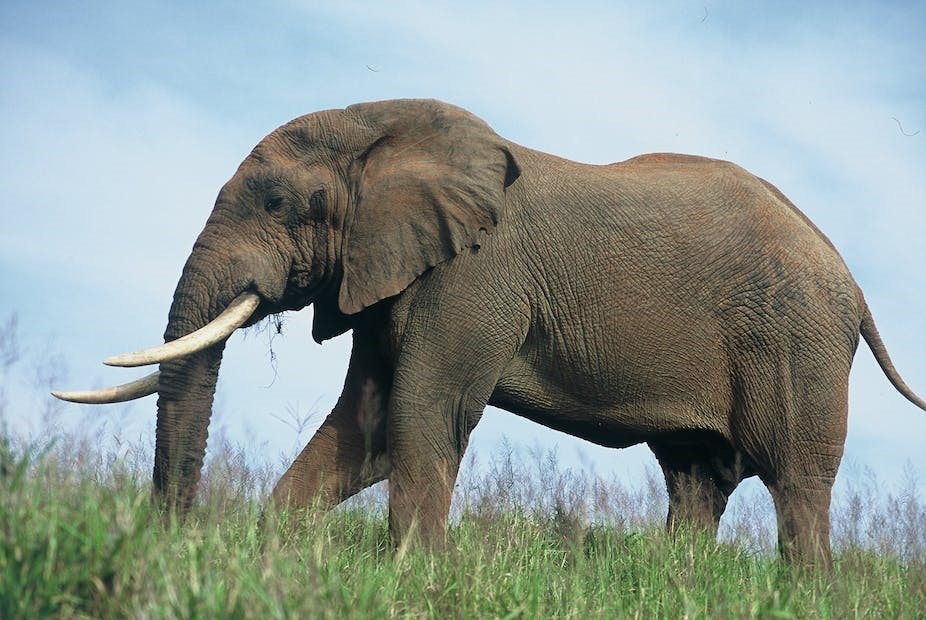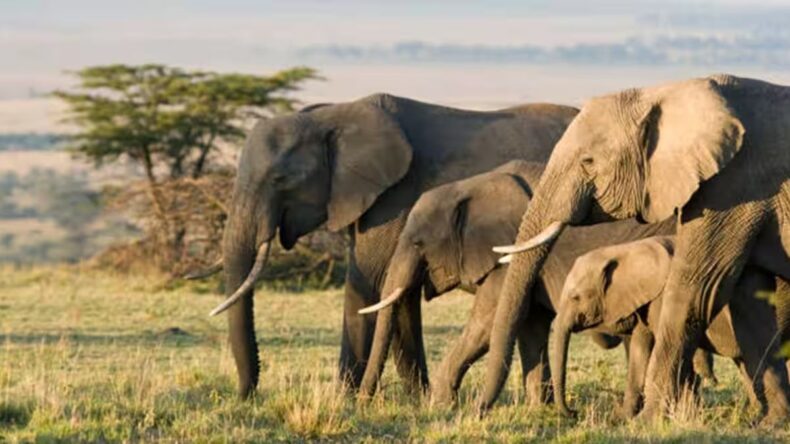The three-day synchronised Elephant Population Estimation commenced on May 17 in the forests of Tamil Nadu, Kerala, Karnataka, and Andhra Pradesh.
Stalin has released a synchronised elephant population assessment report; according to the statistics, the Nilgiris reserve has the greatest JUMBO density.
According to the most recent census in 2017, there were only 2,761 elephants in Tamil Nadu’s forests. Tamil Nadu Chief Minister M.K. Stalin announced on Tuesday that the state’s elephant population had grown by 200 to 2,961.

Source: The Conversation
According to the most recent census in 2017, there were only 2,761 elephants in Tamil Nadu’s forests. During a census done in 699 blocks across 25 forest divisions in Tamil Nadu, the number of elephants was discovered to be 2,971. The four states’ forest agencies were participating in the synchronised census, this year.
The Synchronised Survey:
The Nilgiris Eastern Ghats Elephant Reserve has the largest estimated density of the five reserves, followed by Agasthyamalai Elephant Reserve, Nilambur Silent Valley-Coimbatore Elephant Reserve, and Periyar Elephant Reserve.
“A series of measures implemented by the state government has resulted in an increase in the number of elephants in the wild,” according to an official news statement.
According to the research, Mudumalai Tiger Reserve has the highest estimated density of elephants among the 26 forest divisions, followed by MTR Masinagudi division and STR Hasanur division.
The elephant census featured around 2,099 workers, including 368 volunteers, covering 690 blocks throughout three southern states.
The synchronised survey, which took place between May 17 and 19, encompassed Tamil Nadu, Kerala, and Karnataka.
Adult male to female elephant ratios have slowly improved over the last two decades as a result of improved law enforcement, following the drastically skewed sex ratios enforced during the 1980s and 1990s ivory poaching boom. The biggest issue that has to be addressed right now is reducing elephant-agriculture conflicts. At the moment, the male-female ratio is a healthy 12: 17.
Supriya Sahu, state forest secretary, stated that the census was based on block counts, line transects, and water hole counts.
Decline after the 2012 census:
The 2012 census showed a substantially larger number of 4,015 elephants, raising questions about whether the population is declining.
The forest departments of elephant-range states conduct a countrywide elephant population estimating exercise every five years. The effort was not begun by the Union Environment Ministry’s Project Elephant Directorate because to the Covid-19 epidemic.
The elephant population, on the other hand, has remained stable between the Elephant Censuses of 2012 and 2017. The Asian elephant is listed as endangered by the World Wildlife Fund.
According to 2017 survey, Tamil Nadu accounts for almost 10% of India’s elephant population, with 2,761 elephants, ranking fourth after Karnataka (6,049), Assam (5,719), and Kerala (3,054).
Threats to Elephant population:
Although the elephant population in the state is strong, forest authorities say there are various obstacles to conservation, such as encroachments in elephant corridors, electrocutions, and changes in elephant behaviour and migration pathways owing to climate change causes, among others.

Source: Conservation India
Field officers are obliged to produce a monthly report on the elephants’ state, including particular information on the frequency of health check-ups, the availability of facilities for washing, walking and lodging them, the weekly feeding schedule and kind of feed, and any signs of ill-treatment.
They must also maintain contact with the Indian Animal Welfare Board and the Wildlife Crime Control Bureau.
Recently, the state government issued the Power Fences (Registration and Regulation) Rules, 2024 to safeguard animals, particularly elephants, from electrocution.
In Tamil Nadu, around 100 elephants have perished as a result of electrocution in the previous ten years.













